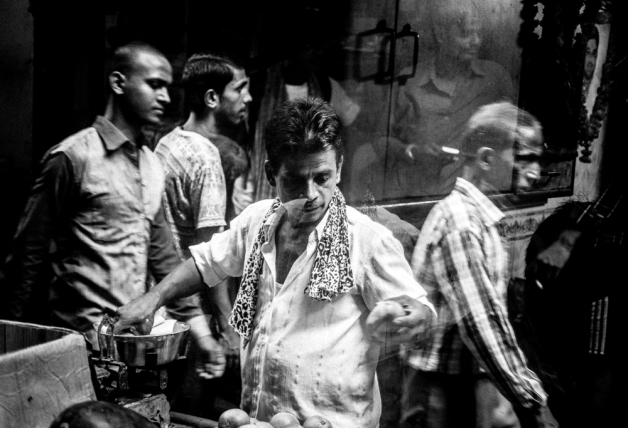
“Scotland is more like Spain than Bengal is like the Punjab” Sir John Strachey, 1888
In his New York Times Magazine article ‘A Too-Perfect Picture’ (30/3/16), Teju Cole famously criticised the portrayal of India by the photographer Steve McCurry.
Based on a narrow reading of a minority of images contained in the photographer’s retrospective book India, Cole claims McCurry perpetuates an obsolete visual narrative and has a hackneyed style.
Cole states his view of McCurry’s India as follows:
“The photographs in “India”, all taken in the last 40 years, are popular in part because they evoke an earlier time in Indian history, as well as old ideas of what photographs of Indians should look like, what the accoutrements of their lives should be: umbrellas, looms, sewing machines; not laptops, wireless printers, escalators.”(1)
It is not my aim here to defend McCurry or discuss perceived weaknesses in Cole’s argument. While I’m well aware of the recent revelations concerning the manipulation and staging of images by McCurry, I am equally aware the scenes in his photographs are not entirely creations of his imagination but common sights in India today.
However, Cole does raise an interesting point about the ability of itinerant (or indigenous) photographers to make valid photographic statements about the places and cultures we travel through. It’s a thread within wider discussions of the pretensions to objectivity and truth telling in photography as a whole.
Travelling for the purpose of photography raises complex issues about how we portray the geography, people and cultures of the places we visit.
Those issues relate, in part, to what John Urry termed ‘the tourist gaze’(2), i.e. the tendency for tourism experiences to be constructed as ‘products’ to satisfy the expectations and preconceptions of those engaged in that globalised industry. Both the tourists and service providers are complicit in this process of manufacturing cultural experiences.
The result is that all tourism experiences are open to the objections Cole has to McCurry’s portrayal of India. They are nostalgic constructions served up to meet market demand. A part of the process of commodification characteristic of globalisation.
A further layer of complexity stems from our own cultural identities and understanding of the language of photography. Our cultural sensitivity, and understanding of the different aesthetics of genres such as street, travel, documentary and portraiture, entail choices in seeking to say something meaningful about a place through our photography.
Having said that, making statements about a place or culture may not be the photographer’s intention at all. The specifics of place may be of little importance to the photographer concerned with the graphic qualities of ‘fine art’ photographs.
I struggle with the idea that any one person (be they photographer or writer) can provide a definitive portrait of a country and its culture. Cultures are too diverse and nuanced to yield all their secrets to even the most curious sensibility. Photographers, especially, ought to be more modest. The publisher of Steve McCurry’s aforementioned book could have shown a little restraint by titling it ‘Steve McCurry’s India’ because that is precisely what it provides (one person’s subjective and highly selective view).
So, experienced tourists understand that a package holiday to Goa has little to commend it as an experience of the ‘real’ India. Similarly, visually literate photographers understand that our cultural identities, and creative choices, serve to produce imagery that is twice removed from any claims to truth, objectivity or authenticity as depictions of the places we experience on our travels.
Does that mean we should refrain from photographing what we experience of other places and their cultures? Of course not: we should continue to photograph them with passion and respect. But we do it with an understanding that our photographs disclose something about ourselves as well as the places we experience.
1. Teju Cole ‘A Too Perfect Picture’ New York Times Magazine, 30th March 2016.
2. John Urry, The Tourist Gaze, SAGE Publications 1990.
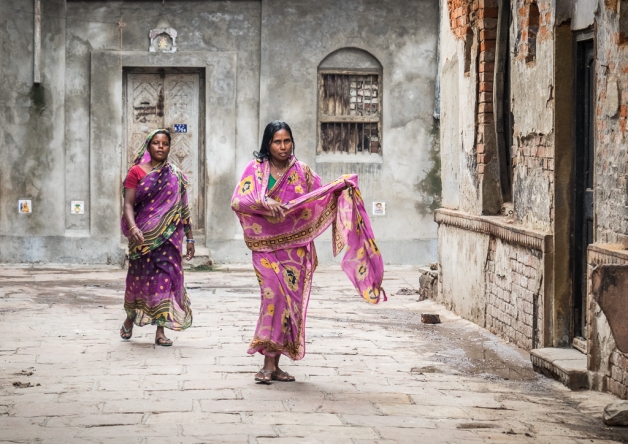
Varanasi, 2016
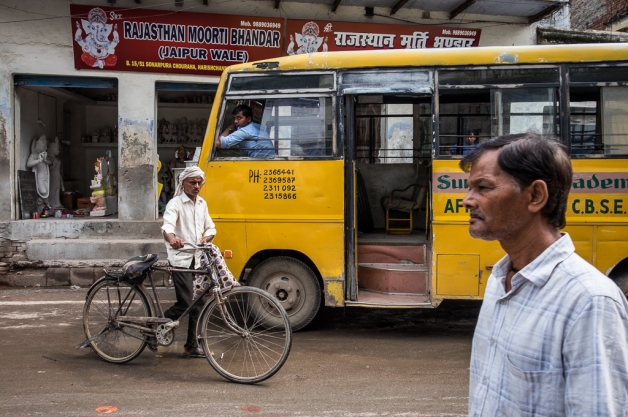
Varanasi, 2016

Delhi, 2016

Varanasi, 2016

Delhi, 2015

Delhi, 2015
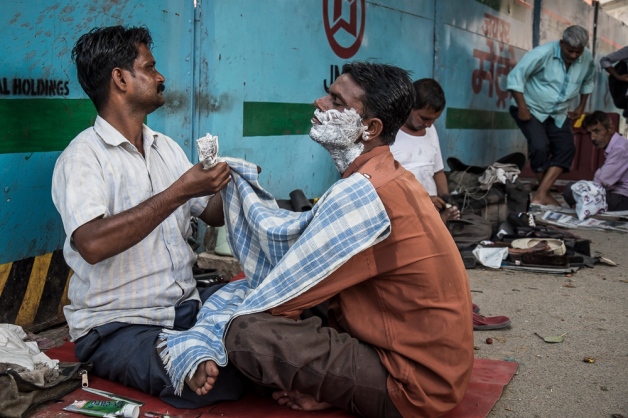
Varanasi, 2016

Delhi, 2016
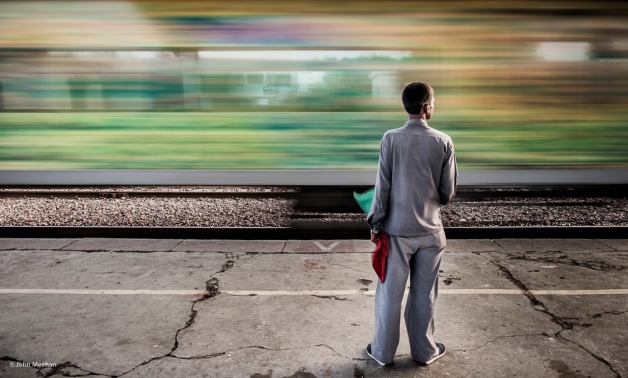
Agra, 2016
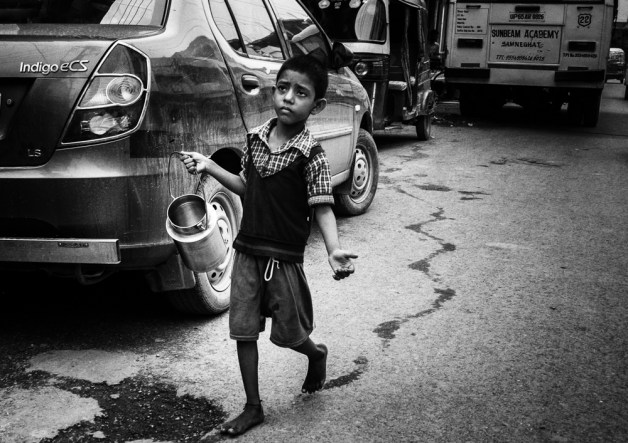
Varanasi, 2016

Varanasi, 2016
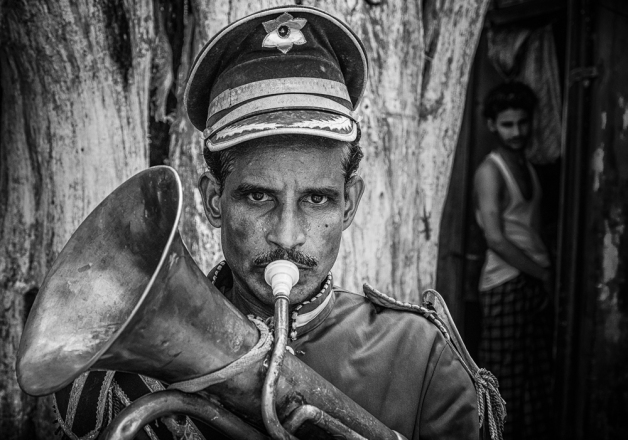
Varanasi, 2016
Images and text © John Meehan 2016
another brilliant post John. i think this is an important topic & it has been one reason i have never invested in travel as much as i sometimes try to convince myself i should, & that is due to the traveller’s perception that is projected through their documentation of their experiences through blogs or whatnot. i worry i’ll be disappointed with travelling like Derek Walcott says in ‘White Egrets’
there was no need to travel
this far, to recognize things I already knew.
i think we have developed a range of fashionable mode that we are keen to witness while ignoring many of the mundane realities of each culture. we want a safe adventure, so we must curate the experience. this isn’t wrong exactly, but has been something that has suppressed my will.
people don’t take photos of the everyday, they make it subjective, as you say quite rightly. i opted for living in another country rather than travelling, so as to get to know the culture. i spoke to many people who travelled widely but were exceptionally dull, with nothing to inspire me that it would be beneficial to invest in travel. i am not saying i am right, this is my subjective take.
a friend of mine after hiking through the foothills of the Himalayas, answering my question on how was the trip explained that while good, travelling to him feels unnatural, as that is not where he belongs, it isn’t the environment he fits into because of the multiple factors that determine racial identity. that always stuck with me: rather than just detail a subjective, curated reality, he told me something real, something not Romanticized.
i look forward to your posts John, one of those great blogs that aren’t easy to stumble on. thanks again.
Hi Dan (got it right this time)
Thanks again for your comment. I agree about superficial travel experiences. It’s inherent in the nature of travel and not easy to circumvent I guess. I imagine even living in another culture can’t take away one’s outsiderness. For me, the satisfaction of travel comes from wandering neighborhoods connecting with people – however briefly – rather than chasing down landmarks and views. Yes, this too is superficial but it teaches that while our cultures may divide us our humanity unites us too.
All the best, John
i can’t quarrel with anything really, our subjective approaches are really just the divining rod by which we can ever make any choices about anything, without that sense of direction we’d never get anything done.
you begin to feel more your outsider-ness the longer you live somewhere else, but you also learn more, so a sort of balance is achieved. especially getting to grips with the language more is a winner.
i live on a tourist island so i see people flocking to landmarks & some of them are wonderful, but if you go off the track a little you always encounter some remarkable gems, but tourists can’t always be certain of areas that aren’t dangerous, so knowing your terrain can be real handy.
thanks for your response. the New Yorker article introduced me to Raghubir Singh, lovely work.
Brilliant, thought provoking post — especially in relation to self-reflection within one’s own photography. I’m headed to India in three weeks and I’m sure your thoughts will be lingering in my mind as I wander with my camera.
Many thanks Kelly. Glad you enjoyed the post. Have a great trip to beatififul India. We’re back again in January. Can’t wait. John
Great pictures – I particularly like the picture from Agra with the blurred train – and a thought-provoking post. I agree that photographing with “passion and respect” is vital.
Thanks Jon. You’ve a lot of great images from Vietnam there. It’s one of my favorite countries as you can tell from my posts and images on my web site. Best, John
What an excellent post John. Beautifully written with a thought proving theme. I’ve struggled with picturing India. Yes, I’ve been attracted to the obvious, tourist like, McCurry like even.
I see no story and no “shape” in McCurry’s pictures. Yes, they are beautiful in a “National Geographic” way, but beautifully perfect.
I haven’t yet resolved my feelings towards photographing in that wonderful country, as, added to resisting the ‘done before’ tourist like shot I get hung up on photographing the poor.
They are not a tourist attraction in a dysfunctional Disneyland. They are people living their lives with their own problems and I for one do not wish to shove my camera in their face and move on to the next ‘photo-opportunity. It is a heavy intrusion into private lives.
As you know, like you, we are visiting again next year and I am resolved to return with fewer images than I have before. I want to experience India this time, more than I did before perhaps. And not be obsessed with capturing it on a memory card.
So, Yes, photographing India is a challenge, especially if you have scruples.
BTW Station and moving train picture is wonderful.
Peter.
AKA ‘Confused of Lincoln’.
Thanks for the equally thought provoking commen Peter. You make a keen point about the poor. Hmm… time to reflect. John
I think perhaps my use of the word “Poor” is incorrect, judgemental even. Perhaps henceforth I’ll use the word disadvantaged.
I have the same issue here with the British disadvantaged i.e. the homeless, the disabled and those with mental health issues. Neither do I deliberately take images of children – only where they are part of a scene with adults or where I have permission from the accompanying adult.
I hold back because – to repeat myself – ‘It is a heavy intrusion into private lives’ and I feel squalid. And if I won’t do it here why is it any more acceptable elsewhere, in India for example?
The exceptions to all of this stance is where you are telling a story in a photojournalistic manner. But just to get a snap – No.
And YES…. this is a volte-face from my previous stance but one brought about by my growing distaste of where “street” work is going. I’m looking for a new direction.
John, may I post this on the F50 FB page??
Hi Keith, yes. I’d be delighted. Thanks, John
Done!
Hi John, I read this piece with interest and concur with Peters sentiment, as you are probably aware the neighborhood I grew up in became the subject of Killips “masterpiece” and, its makes me rage !
The thought of a self satisfied fat American stockbroker viewing my old neighborhood as Art in his luxury New York apartment feels like a ironic betrayal to me,, in short I think the end use and motivation should be considered carefully.before removing the lens cap.
I think meaningful social Documentary photography is at its best when created by folk who are deeply invested in the communities they shoot and genuinely want to help in some way, Shooting poverty for sale as Art gives me problems.
We walk a fine line, .
Hi David, I thought Killip lived in the NE for many years while undertaking that project and in a caravan among the beach community when he did Seacoal.
Like you say, we walk a fine line!
He certainly lived on the set with the sea coal folk and a film crew , and was based on Tyneside for almost 20 years, I believe the pictures were shot to a tight agenda that could have been created as part of the mass observation project years earlier, he never let the reality get between him and a good pictorial view. Ignoring the positives at the expense of balance.
Time has not been kind to this work, the cliches are almost funny.
These are great. I love the picture of the cabbie. And the final line of your write-up hits the nail on the head: “But we do it with an understanding that our photographs disclose something about ourselves as well as the places we experience.” That sums up the subjective nature of photography.
Hi Ankita, I’m glad you like them. I love India and am back for a month in January. Can’t wait! John
Such amazing photos ! Wish you a lot of travels in 2017 year !
I leave you my post about celebration of New Year’s Eve in Madrid
Hey, thanks for the kind words. I’m travelling around the world in 2017 so it’s going to be a very special year. I hope yours is too. Best, John
Thank you John! 🙂 That’s great that you will have a lot of travels 😀 I invite to follow my blog 😀 Beata
Wow! What brilliant pictures John, well done.
Many thanks Prajakta! Best, John